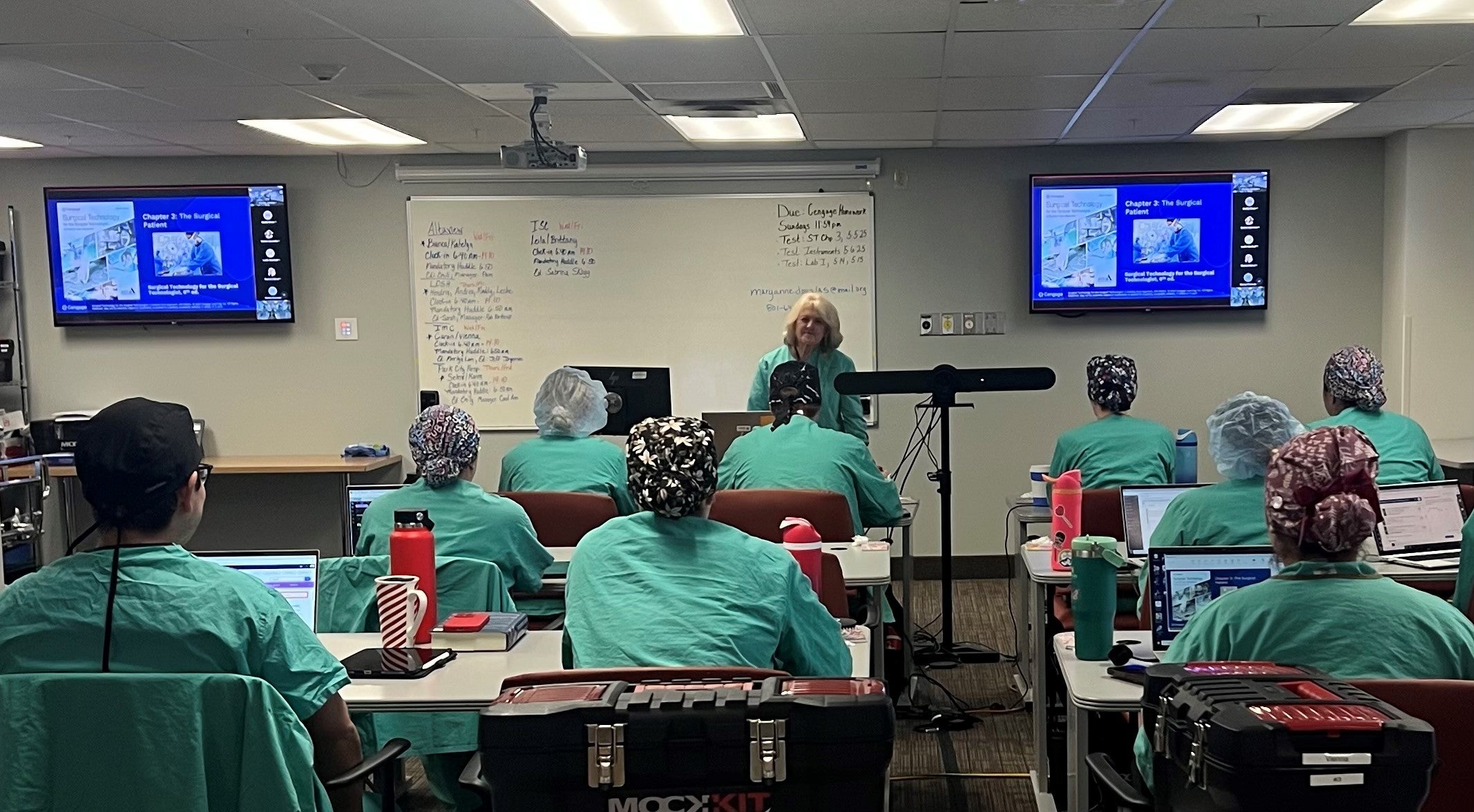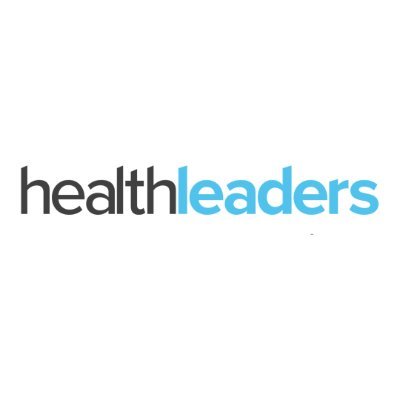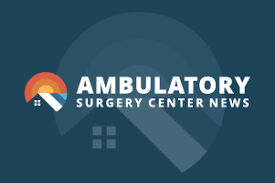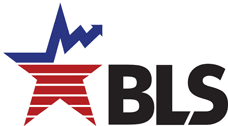AST warns against fast-track training programs

Editor’s Note: This page is a companion piece to the main article, "Health systems embrace partnerships, new training pathways to address surgical technologist shortage." The Association of Surgical Technologists (AST), a 55,000-member organization, acknowledges the growing shortage of surgical technologists (STs) but is raising alarms over the rise of…
Health systems embrace partnerships, new training pathways to address surgical technologist shortage

Roughly 41,000 surgical procedures happen in the US every day. Each one depends on surgical technologists (STs), the professionals who prepare the OR, hand off instruments, and ensure a sterile environment to prevent infections that affect up to 3% of all patients. The profession’s importance is reflected in AORN’s recommended…
ASCs face growing pressure to centralize implant management as specialty volumes surge

Ambulatory surgery centers (ASCs) are taking on more high-acuity, same-day procedures than ever before. This growth is driven by evolving clinical protocols, cost-conscious reimbursement strategies, and expanded capabilities in outpatient care. Specialties like orthopedics, spine, ophthalmology, and cardiovascular care are moving more complex cases—and the implants that come with them—out…
July poll results: Perioperative leaders are tackling labor costs, staffing flexibility

Perioperative leaders often have to make critical decisions, not just in the middle of an operational crisis but also somewhere in the edges—the routine but still high-stakes moments where leaders need to adjust resources or absorb costs under tight constraints. The economic margin for error continues to narrow, and many…
Nurse, technician report reveals burnout, underpayment, safety concerns

Editor's Note A recent article from HIT Consultant highlights findings from Incredible Health’s 2025 State of US Nursing & Technicians Report, revealing mounting strain across the nursing and healthcare technician workforce. Reportedly based on insights from more than 1 million professionals, findings include: 71% of nurses report that staffing shortages…
Leaders adapt as Gen Z nurses leave workforce

Editor's Note Gen Z nurses are leaving the workforce in droves, and CNOs must adapt their leadership strategies to keep them. That’s according to a July 21 HealthLeaders report on the Nurse Experience 2025 analysis from Press Ganey, which found that 24% of Gen Z registered nurses left the workforce…
Anesthesia costs squeeze ASCs as staffing shortages, reimbursement gaps widen

Editor's Note Ambulatory surgery centers (ASCs) continue to face a mounting anesthesia crisis: costs are rising, staffing is tightening, and reimbursement is failing to keep pace. Anesthesia payments have dropped 8.2% over the past decade, while provider salaries have risen by as much as 40%, creating a growing financial burden…
Healthcare employment up in June

Editor's Note Healthcare employment in the US rose by 39,000 from June to July, according to the latest report from the Bureau of Labor Statistics, released July 3. According to a July 3 BLS press release, the figure is similar to the average monthly gain of 43,000 over the past…
Survey: Nursing school enrollment grows but PhD programs continue decline

Editor's Note The American Association of Colleges of Nursing (AACN)’s AACN’s 2024-2025 Enrollment and Graduations survey shows undergraduate and graduate nursing programs saw enrollment gains in 2024, with a 4.9% increase in Bachelor of Science in Nursing (BSN) program enrollment, along with a 1.6% gain in RN-to-BSN programs following five…
Survey: Drug shortages impact hospital labor costs

Editor's Note Hospitals spent nearly $900 million in labor last year managing drug shortages, dedicating over 20 million hours to activities such as sourcing alternatives, updating systems, and communicating with care teams, according to a new Vizient survey published June 17. Conducted in late 2023 and detailed in Vizient’s June…

 Free Daily News
Free Daily News